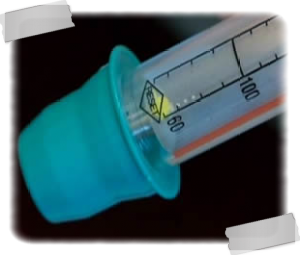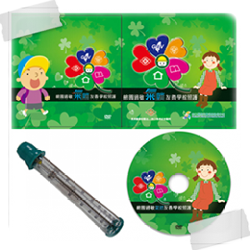Chuang Gung Medical Foundation, Division of Pediatric Allergy, Asthma and Rheumatology - UNREGISTERED VERSION
Main menu
Education for Students
Health Education for Asthma – Students
Liang-
Understanding Asthma
Typical asthmatic symptoms include chronic coughing, wheezing, difficulty in breathing and chest tightness. The causes of these symptoms are mainly broncho-
Treatment and Prevention of Asthma
3 major principles of treatment and prevention of acute asthma symptoms:
Avoid exposure to allergens, avoid factors that induce or stimulate asthma attacks, and proper drug treatment. In Taiwan, allergens commonly associated with asthma are household dust, cockroaches, cat hair, dog hair and mold. These can be avoided through environment control. In addition to allergens, factors that may stimulate or induce asthma include airway infection, strenuous exercise in dry and cold environments, exposure to polluted air, second-
Understanding Asthma Medicine
1. Bronchodilator – used to relax the muscles of the airway and reduce asthmatic symptoms. Usually this type of drug contains beta-
2. Anti-
3. Antagonists of inflammatory mediators (new generation of drugs), such as leukotrienes, have partial therapeutic effects also, and can be used as a preventive treatment.
What to do During an Acute Asthmatic Attack?
1. Use the peak flow meter to measure breathing rate: If the value is less than 80% of the personal optimal value, immediately use the bronchodilator; if the value remains lower than 80%, repeat usage every 15 to 20 minutes.
2. Inform the parent, teacher or school nurse immediately.
3. Remain calm and don’t panic.
4. If coughing persists, seek medical attention immediately.
What to do During Exercise-
1. Perform at least 15 minutes or more stretching and warm-
2. Choose a suitable sport for asthmatic children, such as those with opportunities for frequent rest. Swimming is a good choice; other activities include volleyball, badminton and gymnastics. Find one that is suitable for the individual.
3. Choose the appropriate sporting environment; avoid dusty fields or cold and dry environments.
4. Use preventive medicine: administer fast-
5. If an asthma attack occurs during exercise, stop immediately and spray a bronchodilator 2-
6. If the symptoms persist after 15-
Understanding Peak Flow Meter
A peak flow meter (PFE) is a device that measures how much air you expire out of your lungs, as well as the speed (and smoothness) at which the air is traveling. During an asthma attack, your airways in your lungs gradually narrows, resulting in slower and less air expired. A PFE is able to detect a decrease in the reaction hours before the symptoms occur. If treatment is given before the symptoms occur, the asthma attack will be prevented. Thus, the relationship between a PFE and asthma is akin to the blood pressure gauge and hypertension.
A peak flow meter can be used to help you and your doctor to:
1. Determine whether your drug treatment is effective.
2. Determine when to increase or decrease drug dosage.
3. Determine when to be administered to emergency ward.
4. Help you understand your asthma condition better.
Students should use a PFE to measure and monitor their own pulmonary functions daily, followed by using inhalant drugs recommended by doctors. Having asthma does not have to be scary anymore!


